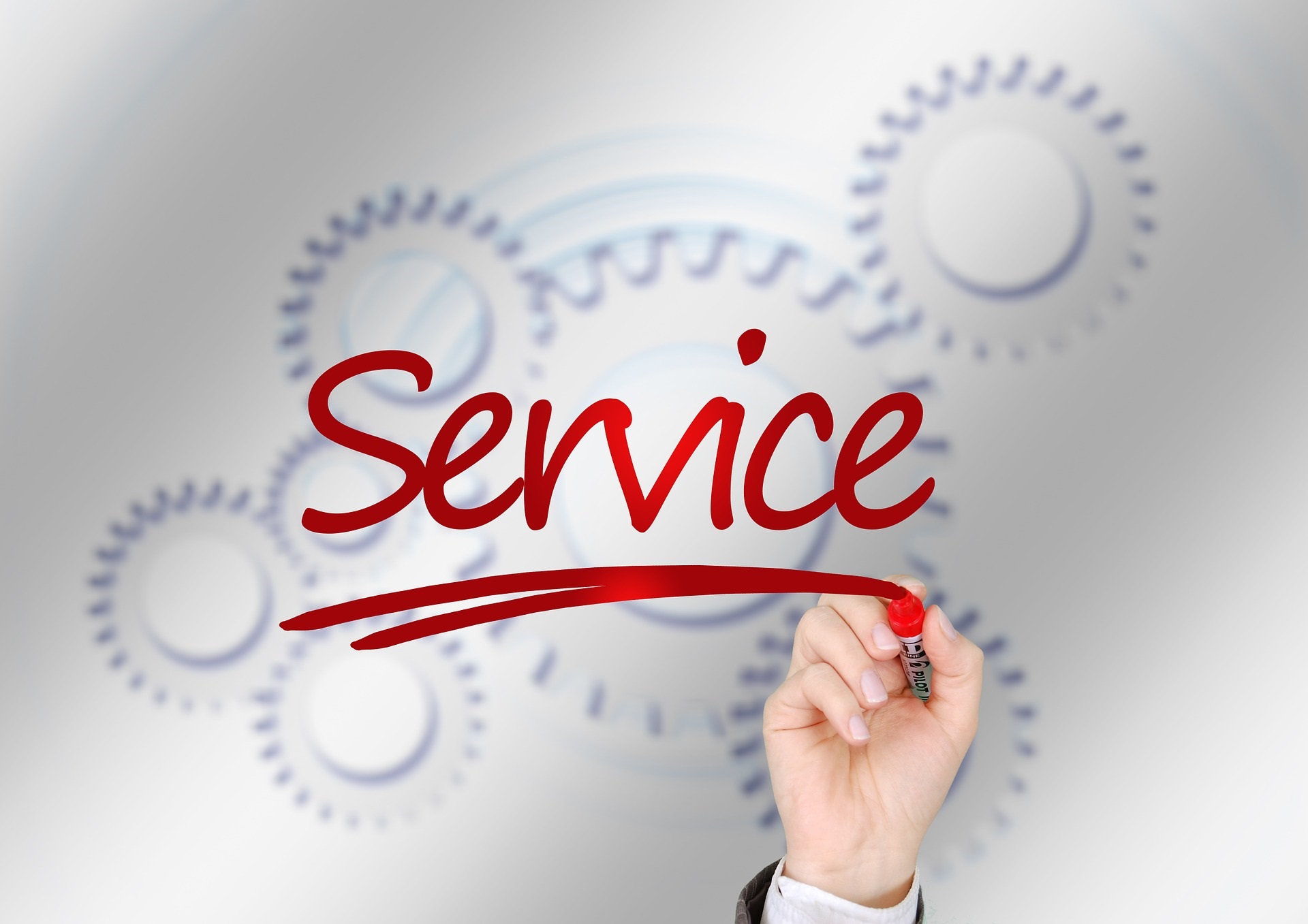
We are a service economy. The service sector is the largest share of gross domestic product for major industrialized countries. As our economy creates new value through interconnected services, it’s important that our IT organizations are on board with this approach. Leveraging services from external IT service providers greatly expands our capabilities to add value. The question is how to define your IT services and identify the opportunities to leverage IT service providers to achieve better results.
What is a Service?
Text books have been written about service engineering and service science. “Introduction to Service Engineering”, Gavriel Salvendy and Waldemar Karwoski, introduces industrial engineers and students to the practices of service enterprises, service design and operations. Specific to the IT industry, the Information Technology Infrastructure Library (ITIL) is another source for evaluating and defining IT services. IBM also contributed to the science of services. Service science, management and engineering (SSME) is a term introduced by IBM to describe service science (Spohrer and Maglio, 2008). Service science aims to explain and improve interactions in which multiple entities work together to achieve win-win outcomes or mutual benefits.
Defining your IT Service Baseline
Each company is unique and has their own view of the IT services they provide. We can use ITIL V3, and/or the science of services to help define what those services are; however, there is a simpler way to get started. In most IT organizations, we can break down our services into an infrastructure or application service. In the infrastructure service area, it makes sense to break this down into compute and storage, end user computing, and network support. Compute capabilities should then be organized by operating system platforms for easier comparison to service providers. In the application service area, the most logical breakdown is by business units and common business functions.
Start your service areas at a high-level, and then allocate your expenses to those areas to define your IT service cost. Your IT service cost is measured by the people, hardware and software required to deliver a service. Regarding your people, simply follow your organization chart, and allocate your staff and consultants to the service areas defined. Regarding your budget and costs, follow the money, and allocate your hardware, software, facilities, telecommunication and outside services costs to your service areas. Stay high level, make assumptions, define your assumptions and move on. You will need to practice an agile approach to this exercise. That is, go end to end, create output, and iterate through your service definitions and cost allocation until you have a view of your current service cost and output that allows you to set a future direction. It’s important to define your current IT service and cost relative to your IT organization chart, business units, and IT service providers.
Once you build your current IT service and cost model, you can then project what the future service and cost might be over a 3-5 year timeframe. Each situation is unique. Your opportunities to leverage service providers depends on your people, platforms, tools, process, age of equipment, facilities, service levels, current application architecture, future usage direction, and so on. In any case, it’s important to start with a solid understanding of your current, and future, service cost and output.
Infrastructure Services
IT service opportunities in the Infrastructure area involve many different variations and components. It can be compute and storage (i.e., Infrastructure as a Service), data center facilities (co-location), managed services on a specific platform (e.g., mainframe), end user computing services (e.g., help desk or desktop support), security and/or network managed services. Depending on the service, the infrastructure components include facilities, network connectivity, power, hardware, servers, storage, operating system software licensing and maintenance, monitoring and scheduling software, redundancy, and disaster recovery.
Application Services
Service opportunities in the Application area include the support and maintenance of commercial off the shelf applications, opportunities related to the development and support of a custom-developed system, or a potential solution that includes the responsibility to execute a certain business process. To put these services into context, commonly used terms include hosting, application development and maintenance, and business process outsourcing. In cloud terms, application service opportunities include Software as a Service (SaaS) and Platform as a Service (PaaS). However, don’t be encumbered by these common terms and buzzwords. Focus on your business and applications, your current service and cost, company culture and direction, and your opportunities to achieve better results will become apparent.
Identifying IT Service Opportunities
Looking at your current and future service cost and output helps to identify where you can add value to the business. After you have identified target areas for service improvements, you can then evaluate service provider options, and compare them to your service and cost model. As you did when developing your service baseline, it’s again important to stay high level, make assumptions, define your assumptions and move on when evaluating service offerings. Evaluate rough order of magnitude design and pricing from the marketplace, estimate transition, governance and residual costs, and determine if it makes sense to take a deeper dive with one or more service providers.
ITaaS: Conclusion
New service offerings and service providers are revolutionizing the way that IT organizations are operating. IT leaders need to think big, encourage innovation, collaborate, and have a meaningful interaction with solution architects and delivery managers from potential IT service providers. But, first start with your IT Service Baseline - a definition of your current and future IT service cost and output – and then use your baseline to identify service-based opportunities. This is a tactical, effective way to help you make strategic, transformative decisions, and create new value through interconnected services.

